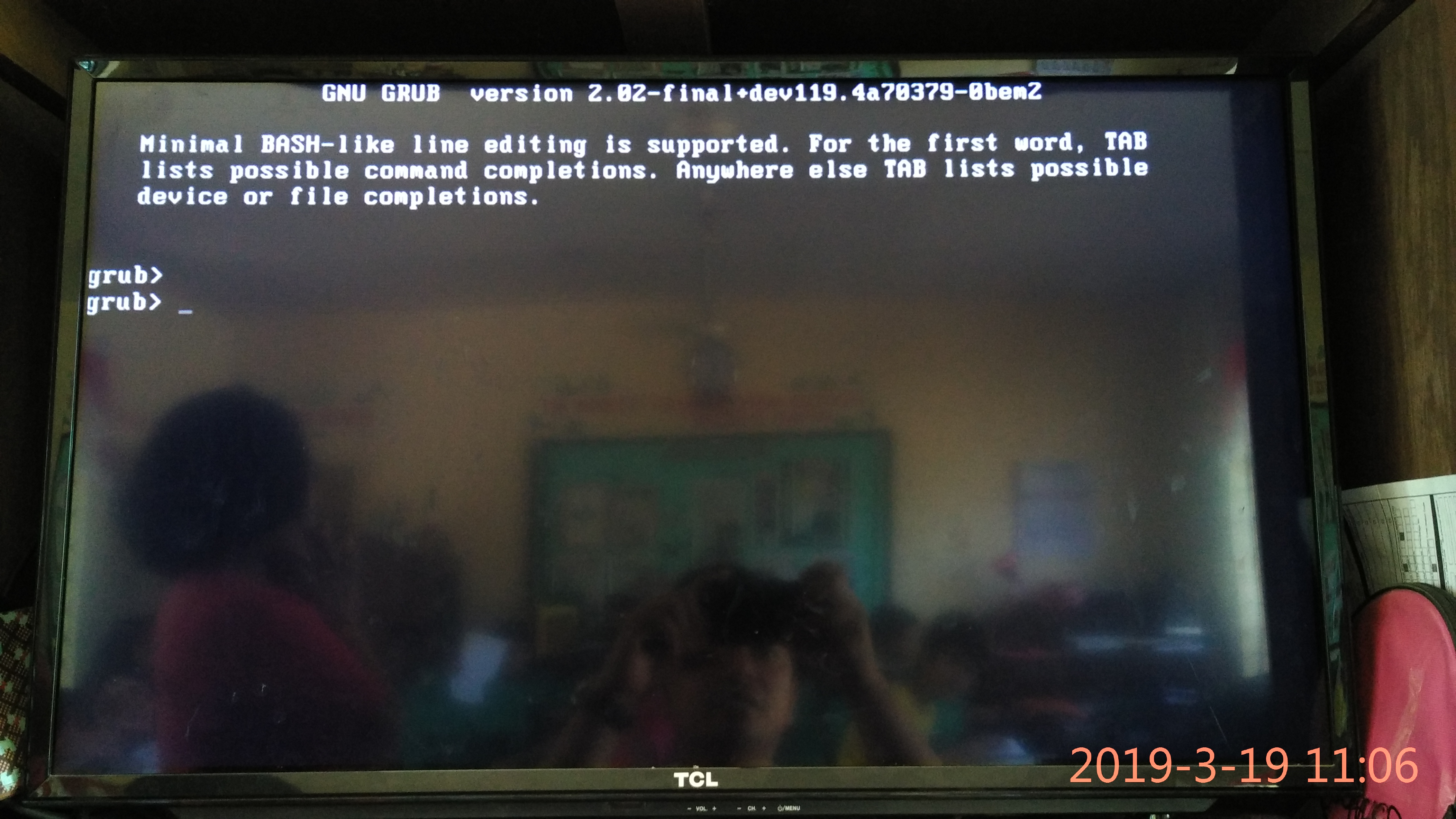
- #PHOENIX OS GRUB ENTRY HOW TO#
- #PHOENIX OS GRUB ENTRY INSTALL#
- #PHOENIX OS GRUB ENTRY 32 BIT#
- #PHOENIX OS GRUB ENTRY WINDOWS 10#
Most only boot in Legacy mode with Legacy/CSM/BIOS on. But every system seems to have different ways to configuring those settings.Īnd a few like Dell seem to boot better in UEFI mode with legacy on. Most systems require Legacy/CSM off/UEFI on, and often better with secure boot off.
#PHOENIX OS GRUB ENTRY 32 BIT#
EFI/Boot/bootia32.efi which is for 32 bit UEFI boot?īut also have this: /EFI/Boot/boot圆4.efi for 64 bit. Oh and - I have the following bios settings:Īnyway - thanks in advance for any help or pointers.
#PHOENIX OS GRUB ENTRY HOW TO#
The current grub.cfg is not updated and I don't know how to update it Grub is not booted by default (but I am handy at getting around that) I think I am making this sound more complicated than it is.
#PHOENIX OS GRUB ENTRY INSTALL#
But to get to any of the OS's I was testing I would hit ESC during boot to choose "Boot form EFI File"Ībove are my current choices and it brings up a grub page that shows the x86 install and not my current Phoenix OS install.

#PHOENIX OS GRUB ENTRY WINDOWS 10#
Windows 10 boots directly without a grub screen or choice. Error file not found.Īctually - I have two problems. When you choose it you get "Error - no such device. The grub troubles are that the grub file seems to have Android-x86 as the option and kernal and I have finished testing that and have moved on to testing Phoenix OS. I have a pastebin results of Boot Repair HP Pavilion x2 12-b020nr 12" Detachable Laptop with Intel Core M3, 4 GB RAM, 128GB SSD. Just to sum up, there is no simple way to achieve what you wanted in your question, but on the other hand, where is the fun in "simple" solutions? :) Good luck, happy coding, and let me know if you will need some more advice.I need some help with GRUB in installing Phoenix OS on my laptop. I admire people who created this documentation, and I'd say that it is a magnificent piece of instruction, one of the best on the web (as an example of a wiki page). It helped me a lot to finally understand how GRUB works. I highly recommend to you reading through the Arch Linux wiki on GRUB - several times. I don’t know how to check previous boot entry and so select another one There are of course some pitfalls in the script/ systemd approach (e.g., you should in fact has two of such scripts: one on Arch and the other on Ubuntu, both implementing the same functionality), but it is as close at is gets to the functionality you want. The recommended way to edit GRUB entries is to use custom entries, but handling them from scripts (or command line in general) can be a bit tricky. Theoretically you should not do that, because it is really easy to make a mistake, which will make it impossible for you to boot to any system.

The not recommended way is to "manually" (i.e., with the script/service) edit the main configuration file. Then, based on which system are you on, you switch the entries in the GRUB config. Then check the contents of the GRUB configuration file ( /boot/grub/grub.cfg see this wiki page on GRUB). You can write a systemd script (a service) which checks what system are you currently on (e.g., by checking if there is a lsb_release command - it should be in Ubuntu, but not in Arch). Likewise, if there is a saved_entry= variable, then the grub-set-default command has been used but unlike next_entry=, that value won't be automatically removed after one boot attempt. If grub-reboot has never been used, the variable might not exist at all. You can see if the grub-reboot command has been used in the current boot cycle by running grub-editenv list and seeing if the next_entry= variable has a value or not.


To boot with the previous kernel version in normal mode once, you could do: grub-reboot 'Advanced options for Debian GNU/Linux>Debian GNU/Linux, with ' For each kernels, there are two entries in the sub-menu: Debian GNU/Linux, with and Debian GNU/Linux, with (recovery mode). If the desired menu item is in a submenu, you would specify the name/identifier of the main menu item, the > character, and the name of the sub-menu item.įor example, on Debian the first (and the normal default) menu item is usually named Debian GNU/Linux, and the second menu item is titled Advanced options for Debian GNU/Linux, and it opens a sub-menu of currently installed kernels. Despite the name, it won't actually reboot the system.īoth of these will take either a number, a menu item title, or a menu item identifier as an argument. Grub-reboot specifies an one-time boot target for the next boot only. Grub-set-default will persistently change the default boot entry, but it requires having GRUB_DEFAULT=saved in /etc/default/grub (and updating the actual GRUB configuration with the generic grub-mkconfig or its Debian/Ubuntu-specific wrapper update-grub to make the change take effect). In modern versions of GRUB, there are two commands you could use for this purpose: grub-set-default and grub-reboot.


 0 kommentar(er)
0 kommentar(er)
